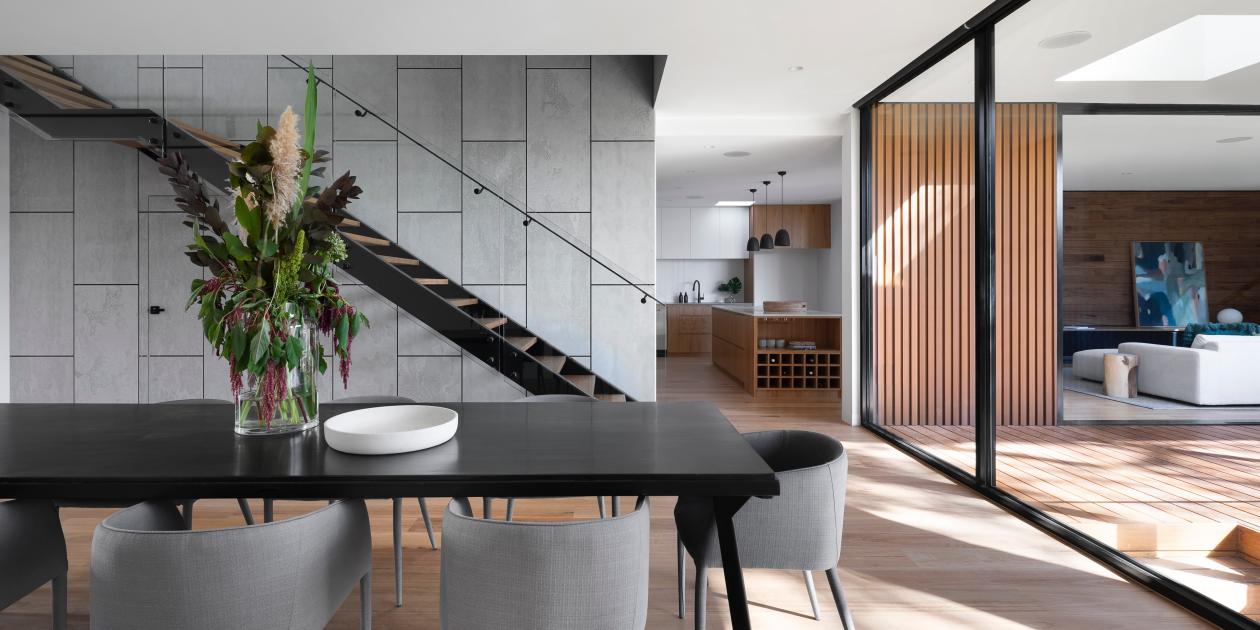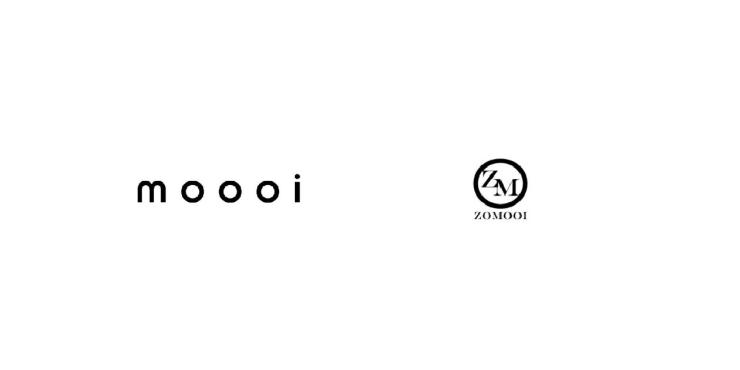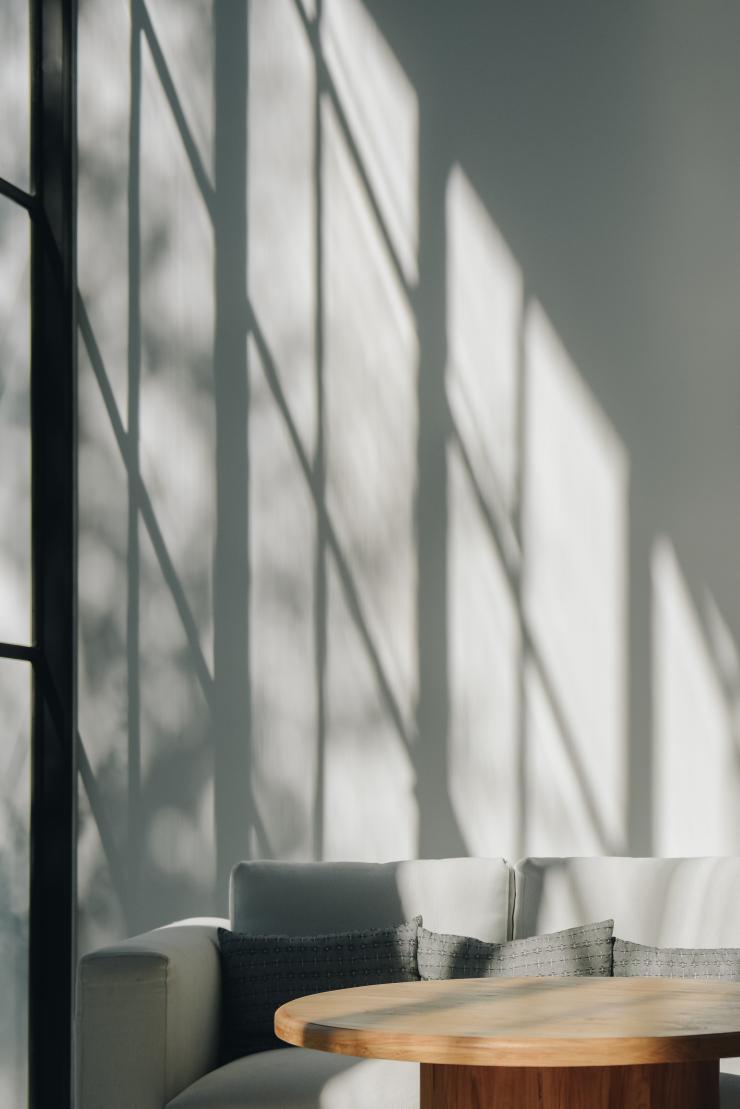
From a descriptive to a distinctive brand name
In a recent case, the Benelux Court of Justice put an end to the legal battle between the trademarks MOOOI, the Dutch company which operates in the field of design furniture and ZM ZOMOOI, for which a trademark application was filed. An opposition procedure had been pending since January 2020. It was initiated by the company MOOOI, which held several trademark registrations for this name. When a trademark application was filed in late 2019 for a figurative mark ZM ZOMOOI for overlapping goods and services, MOOOI subsequently decided to initiate opposition proceedings.
The legal battle
However, in 2021, the Benelux Office for Intellectual Property refused to grant the opposition. The main reason was that the brand name MOOOI would be recognised as the word "mooi" and would therefore be entirely descriptive. The same applies to the word elements ZO MOOI, but in this case it concerns a figurative mark dominated by a large circle containing "ZM", which can grant distinctive character to this figurative mark. Consequently, there would only be overlap in terms of the descriptive word elements. Fully descriptive trademarks can be regarded as weak marks, since descriptive trademarks are not registrable as such and because it is generally not possible to take action against other similar trademarks on the basis of a descriptive mark. On this basis, the Benelux Office for Intellectual Property ruled that there was insufficient overlap in terms of signs, so that there could be no likelihood of confusion.

From descriptive to distinctive
MOOOI nevertheless decided to appeal this decision to the Benelux Court of Justice. After all, they had another trump card up their sleeves. MOOOI is an established trademark within the Benelux, to such an extent even that MOOOI believes that their trademark enjoys acquired distinctiveness. In concrete terms, acquired distinctiveness entails that a mark which lacks intrinsic distinctiveness can still acquire distinctiveness thanks to the intensive use that has been made of it. Think of brands such as Spa: the brand name consists of a mere reference to the water sources of Spa, but this brand has built up a strong reputation over the years so that consumers will now perceive this name as a trademark. Thus, when consumers link a descriptive sign to a specific company because of its use, the sign can still acquire distinctive character. This way, signs that are in principle not registrable can still be protected as a trademark.

Based on the evidence submitted by MOOOI, the Benelux Court of Justice found that this mark has indeed acquired a "reasonably high distinctive character" through the use and promotion of this mark. The Benelux Court of Appeal went even further, stating that the earlier marks have a well-known reputation and acquired renown within the Benelux. The word MOOOI can therefore no longer be considered descriptive. Since there is consequently a strong overlap both in terms of the signs and in terms of the goods and services, the Benelux Court of Justice decided that there was in fact a risk of confusion. The opposition was therefore granted on appeal.
Acquired distinctiveness: MOOOI's ace in the courtroom
So in the end, it is still MOOOI that wins, despite the fact that this brand name has no intrinsic distinctive character. However, protecting a descriptive brand name under trademark law remains difficult and will only be successful in exceptional cases. Thus, a strong, distinctive brand name usually offers a wider scope of protection. Curious if your brand name is strong? Feel free to contact us for more information.